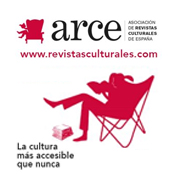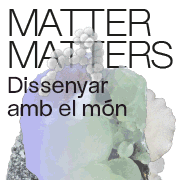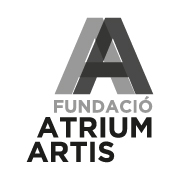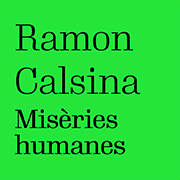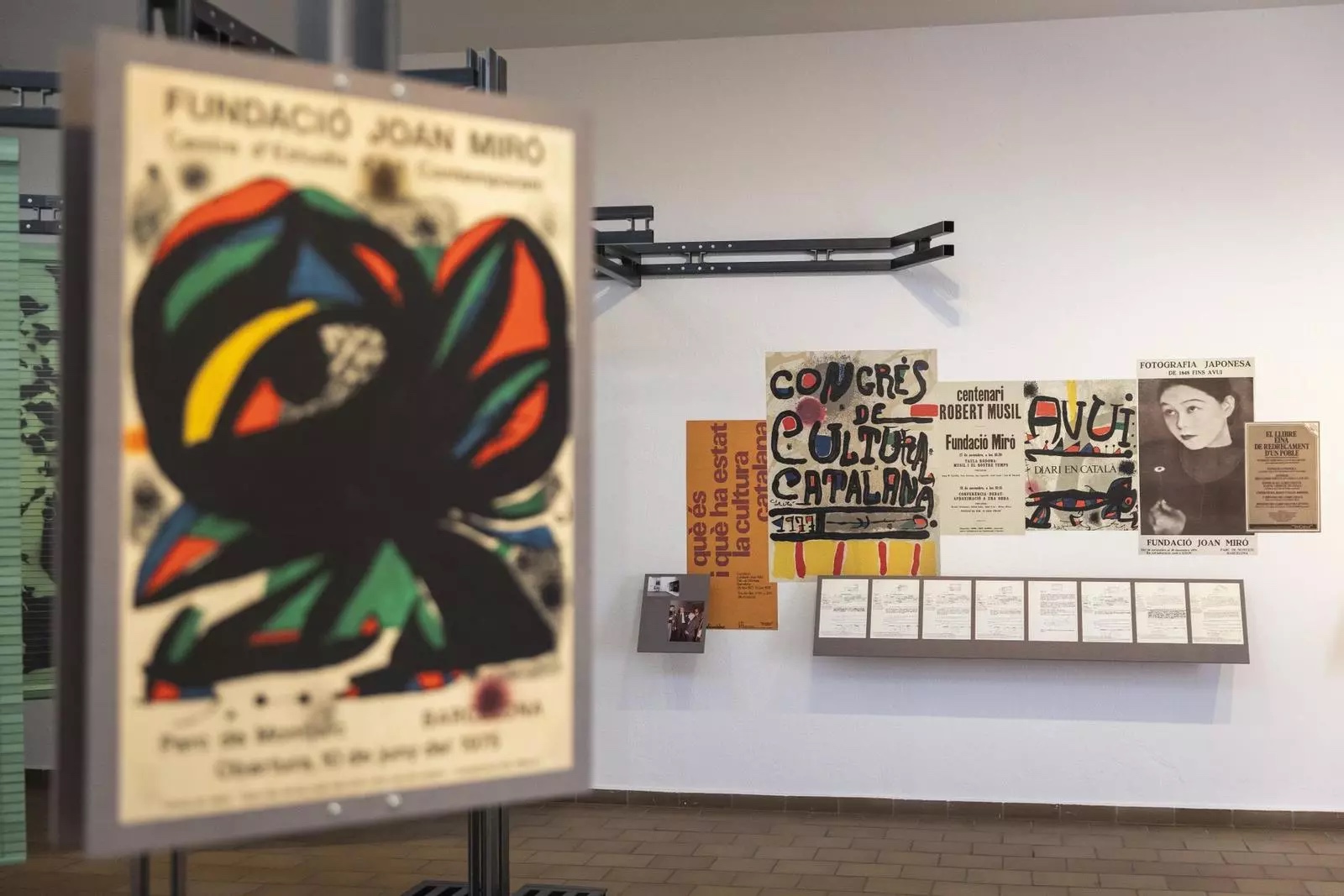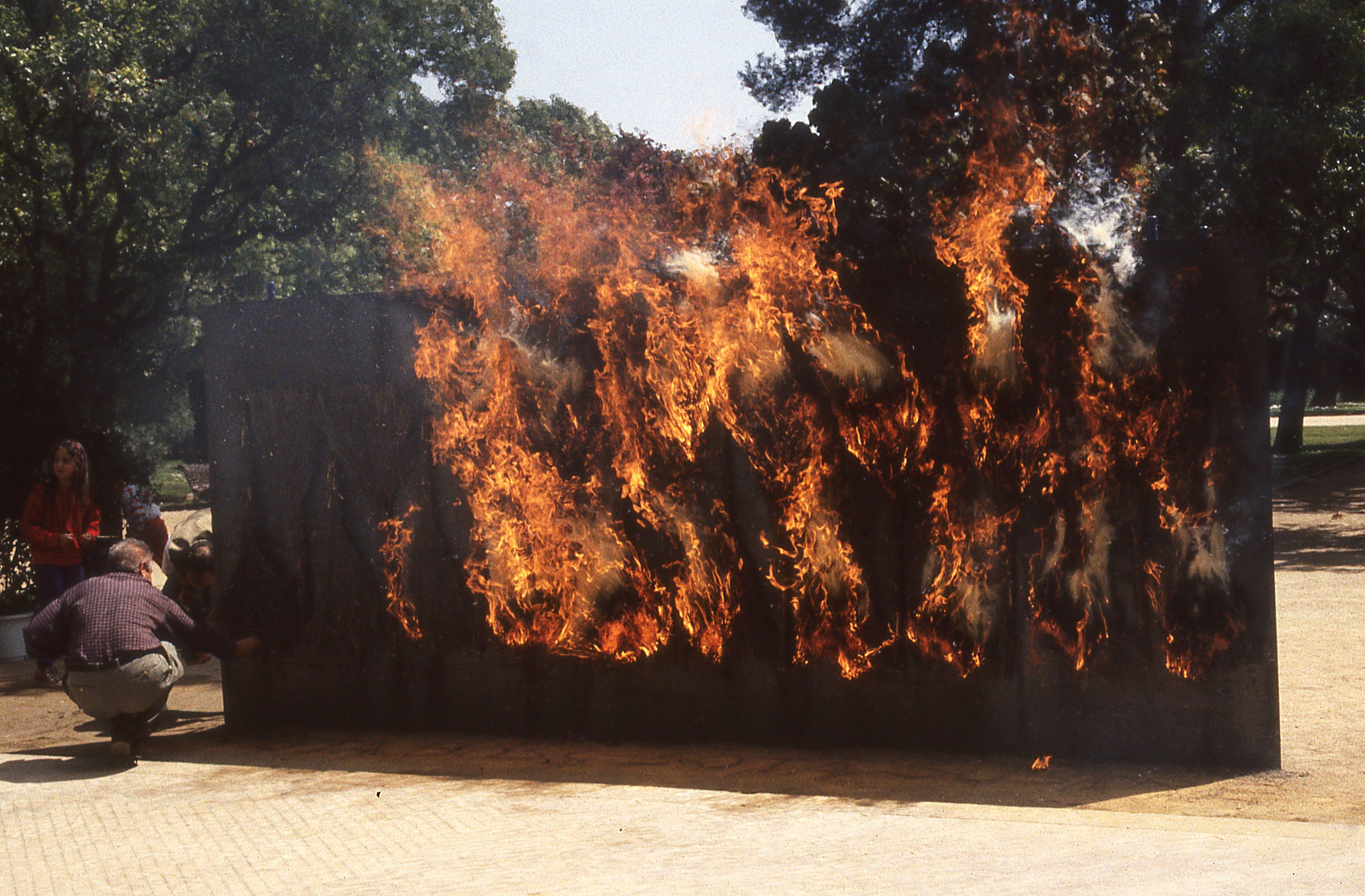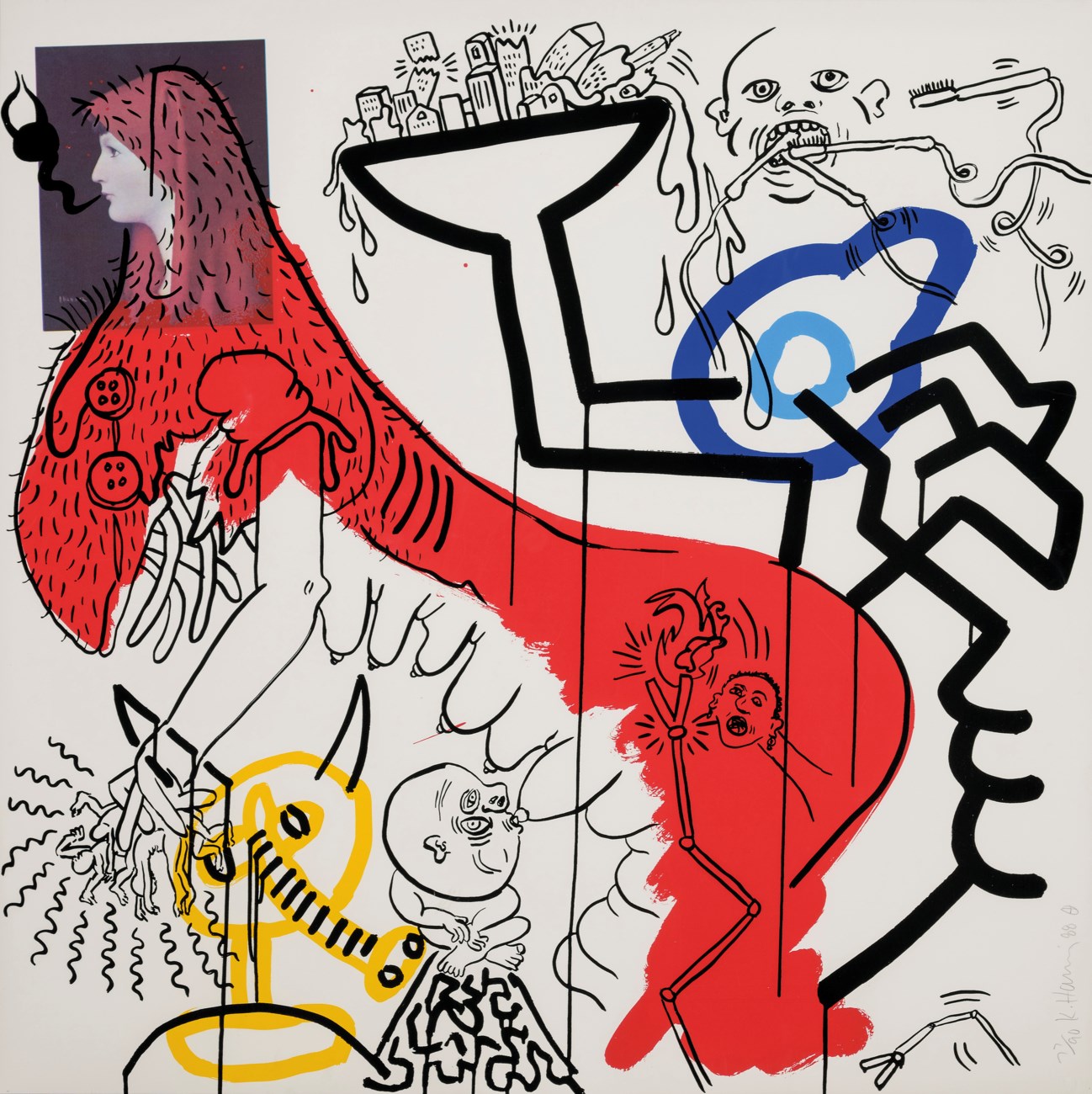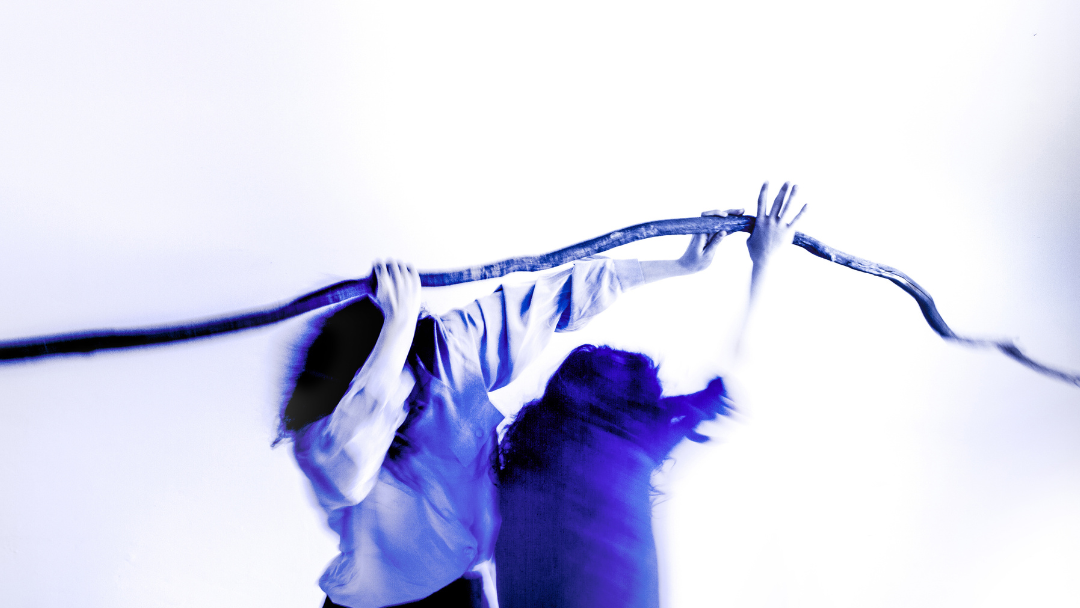Exhibitions
Leonardo Escoda: a review of his work
Until September 14th at the Old Slaughterhouse in Tortosa.
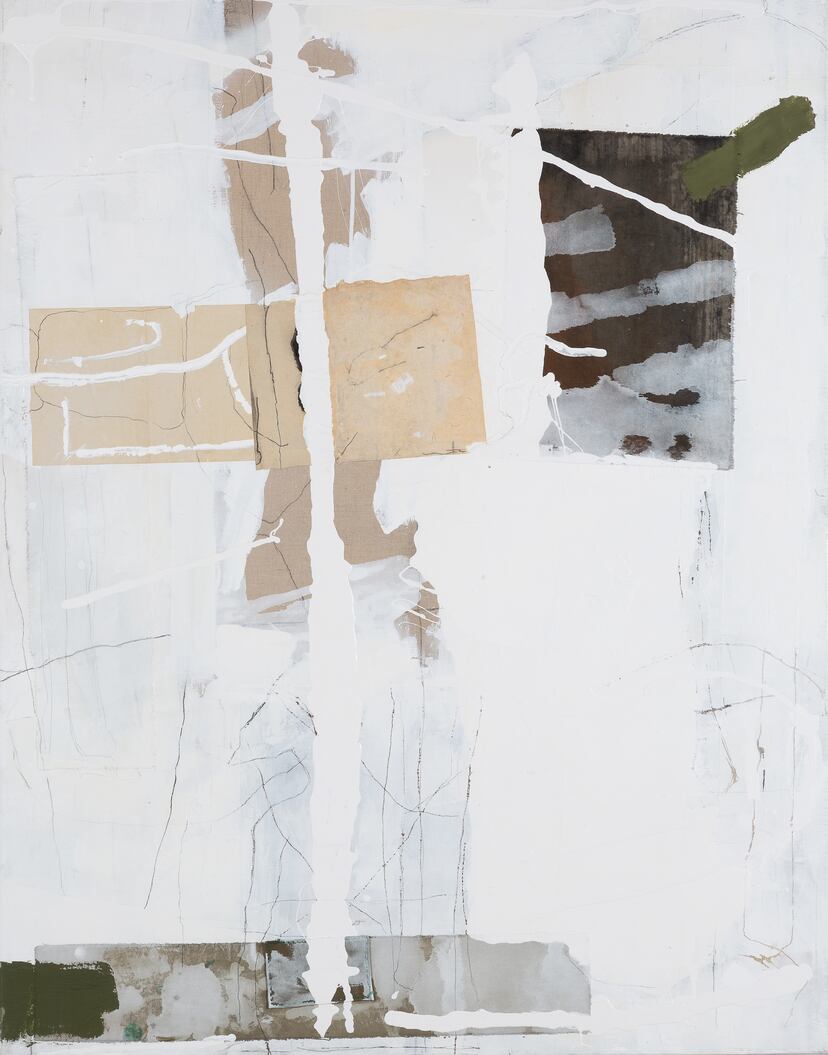
Within the institutional program “Mira Leonardo” -coordinated by Pilar Lanau- that pays tribute to the artistic and cultural legacy of Leonardo Escoda (Tortosa, 1956-2022), the exhibition Jo no pinto bous ! Synestèsia by Leonardo Escoda becomes a personal itinerary through diversity in which works from different periods and different narrative positions coexist. Curated by Carme Sais, the exhibition is linked by a backbone that crosses the artist's creative practice and consists of an imaginary perspective that organizes them as if they were secretly ordered constellations. And the chosen space becomes a reference: it was in the Slaughterhouse where he began his pictorial activity with L'entorn d'una imatge, where he showed slain oxen. That is why it is understood that he said: «The Slaughterhouse is a space of reflection for many years. It is my private monastery». In 1985 Escoda stated "I don't paint oxen", although he immersed himself in the atmosphere of the Old Slaughterhouse of Tortosa where the dense and stinking smell of a sea of blood, of oxen cut open in a canal, was the dismembered and decapitated landscape of sacrifices. Many artists have approached this intense theme. Rembrandt painted it more than once and it is from 1655 when this "Memento moris" (remember that you will die) is transformed into a representation of the inevitable end of earthly things that attracted, on the other hand, Delacroix, Daumier, Soutine, Chagall and Bacon.
 © Jep Colomé
© Jep Colomé
Son of fellow artist Roberto Escoda, he was a key figure in the cultural field in recent years at a regional and national level. He combined artistic creation with teaching at the School of Art and Design of the Provincial Council in Tortosa and with the coordination of various cultural and exhibition activities. Literature, poetry, music and art were references throughout his career, and his collaboration with other artists and writers took shape in cultural projects and shared curatorships. Escoda had a degree in Fine Arts in the specialty of Painting, a degree in Engraving and Printing Techniques and a degree in Conservation and Movable Cultural Assets from the University of Barcelona. Towards the eighties, together with the poets Zoraida Burgos and Albert Roig, he founded the cultural magazine T(D).
An artistic activist from the territory, through painting, drawing, photography, installation and audiovisual, he takes an inner journey through the prospection of the place with a calm perception; a look from memory and from an inner reflection of the most immediate visions. Away from the dizzying time and the chaos that besets us, his painting affirms itself to us as an oasis of peace, of silence, a space that borders on emptiness, nothingness: the space of existence. Creator of an abstract work, all his stages have as a common thread the experience of the landscape. He captured the essence of the Ebro Delta and the Ports; the two great pillars in which he lived and created: the river, the wind, the rice fields, the dry stone banks or the barren land. They are works that have as a common denominator the ability to give us back the lost perplexity; that strangeness before the world or that sensation of unreality before reality. An experiential journey that invites you to experiment with your spatial visions: an inner journey of deep research. Territory is a recurring theme that analyzes, explores and takes up again, and reassesses its presence.
 © Jep Colomé
© Jep Colomé
His is a work of textures, sometimes with a very powerful material physicality, but, likewise, cracks, seams and marks have been decisive in his works, as has even been the passage of time through the use of aged, worn fabrics, pieces of wood or rusty metal plates. Furthermore, the features, brushstrokes and experiential signs show desire, emotion, pain and suffering. Mental landscapes that are the result of an arduous introspective development, full of internal demands, questioning, approaches and personal challenges that become the mirror on which the most vital points of his self are reflected. Poetic scenarios that, within an essential pictorial abstraction, confirm the nexus that is established between being and the environment. If we were to look for a characteristic that would summarize his journey, we would come to the conclusion that he has always linked art to life, that is, that the seed of his creation is the tension that persists between personal existence and the surrounding reality.
As a memory and tribute, last March, Lo Pati-Centre d'Art de les Terres de l'Ebre inaugurated Sentir Música Callada which becomes a reinterpretation and expansion of the Poblet exhibition and wants to be a vindication of his creative universe and his artistic references", as highlighted by the curator and director of Lo Pati, Aida Boix. The works were created during the COVID-19 pandemic and reflect the emotions that the artist experienced during that period: restlessness, solitude, introspection and the rediscovery of literature and music. With these works, Escoda reaches pictorial fullness and adopts a discernment that deprives it of superfluous and narrative elements and takes it to its most authentic essence. It is as if he had finally shed all the weight of the matter and only wanted to be left with the synthesis and purification typical of those who have reached the absolute, to nothingness.
 © Jep Colomé
© Jep Colomé

